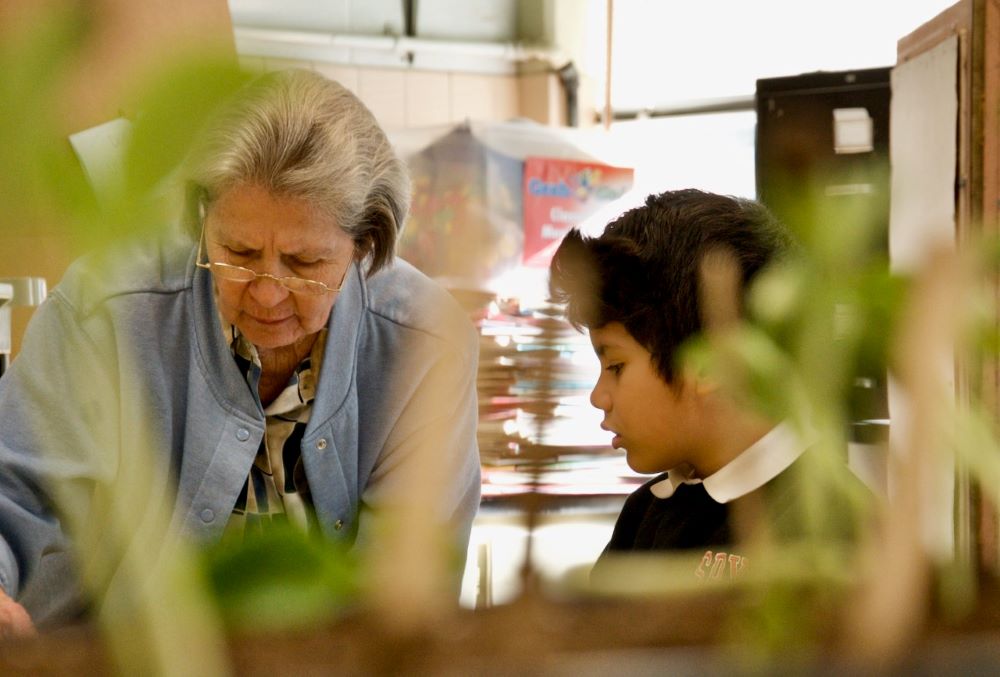Poverty in the U.S. and around the world continues to be a scandal. In the United States, 36.8 million people were living in poverty in 2023. According to the United Nations, 1.1 billion people, or 18% of the world's population, were living in acute poverty in 2023. Catholic sisters, as well as many Catholic organizations, are working to serve the poor through direct service and through advocacy to transform the systems and structures that impact the poor. Concern for the "least of these" is a central call for people of faith.
Pope Francis reminded us to find the face of Christ in those in poverty, and words alone cannot fully help us encounter this reality. Visuals are a more powerful way to convey the human face of need if done in a sensitive way. The U.S. Conference of Catholic Bishops and Catholic Relief Services have produced a 4 1/2-minute video that explains the option for the poor with commentary and the faces of many people around the world. Students will watch this video, taking note of how people in poverty are portrayed.
With the video as a model, have students design a very brief video or PowerPoint to call attention to our sisters and brothers in need. (At this point, they will only do a design, not a completed video or PowerPoint. You may choose to have them do a finished project at a later date.)
Go to https://youtu.be/c3gxBjtOzNM?si=CDE3UeBZzN7my-1N to view "CST 101: Option for the Poor and Vulnerable." First, tell students to watch the video carefully to see how those in poverty are portrayed and what the option for the poor means.
Then put the students in small groups and ask each group how they would design a short film or video so viewers could encounter those in need in their full personhood and dignity as children of God. They can do storyboards or find visuals online that they can use in a brief presentation about a proposed video or PowerPoint (not a finished project). Note that it is important to propose and/or to use images that affirm human dignity.
Finally, have one student from each group briefly present the group's design through storyboards or visuals that they found online.
How were people in poverty portrayed in the video "CST 101: Option for the Poor and Vulnerable"?
What can videos or other visuals do for our understanding of the full humanity of people who live in difficult situations?
What did you learn from designing your own video (or PowerPoint)?
What did you learn from hearing about the other groups' designs?
Why is it so important to be present to the dignity of people who struggle with poverty?
Creator God, you challenge us to see all people as you see them, as your children, made in your image, embraced by your love. Help us to remember that people in poverty, people at the margins, are our sisters and brothers in your human family. May we serve them with compassion, in solidarity, in ways that always affirm their dignity.
We are blessed to be called to this work; may we do it in joy and hope. Amen.
Tell us what you think about this resource, or give us ideas for other resources you'd like to see, by contacting us at [email protected].
